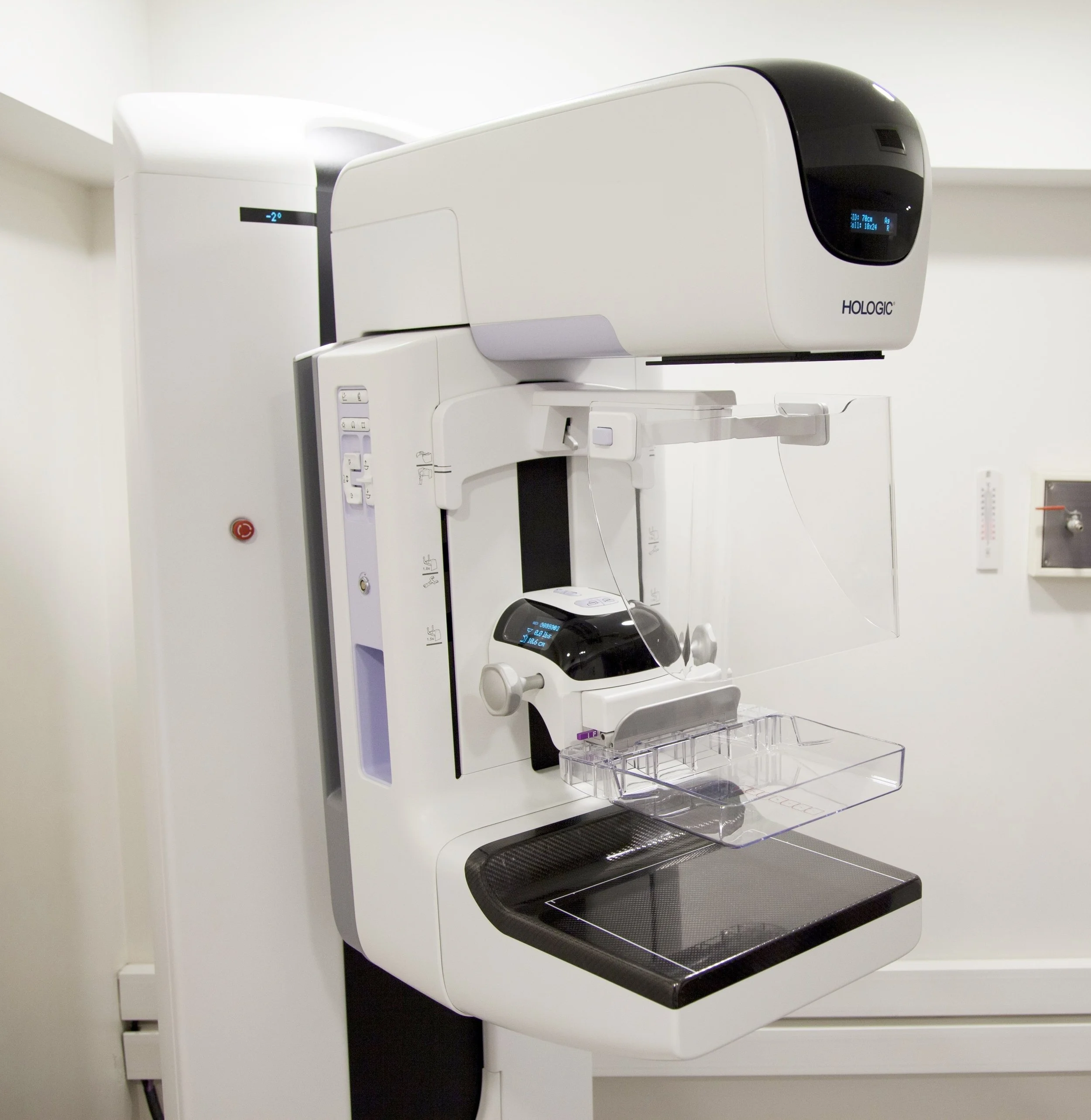Screening 3D and 2D Mammograms
3D (Tomosynthesis) mammography
3D Mammography, clinically known as, Digital Breast Tomosynthesis (DBT), obtains multiple images of the breast and reconstructs them to create a 3D image of the breast rather than a single image. This technology improves the detection of small cancers and has been shown to reduce the number of patients recalled for more imaging due to false positives. This is used for screening patients, and can also be utilized as an additional screening tool if a patient’s 2D mammogram shows dense breast tissue. Less compression and radiation exposure are required with 3D mammography
2D mammography
Mammograms are widely recognized as the best method for early asymptomatic breast cancer detection. A routine digital mammogram is an imaging study used to detect abnormalities in the breast tissue. One of the main advantages of digital versus older film mammography is that digital images can be lightened, darkened, or enlarged for a more in-depth analysis, allowing for enhanced effectiveness in pinpointing abnormalities in dense breast tissue.

